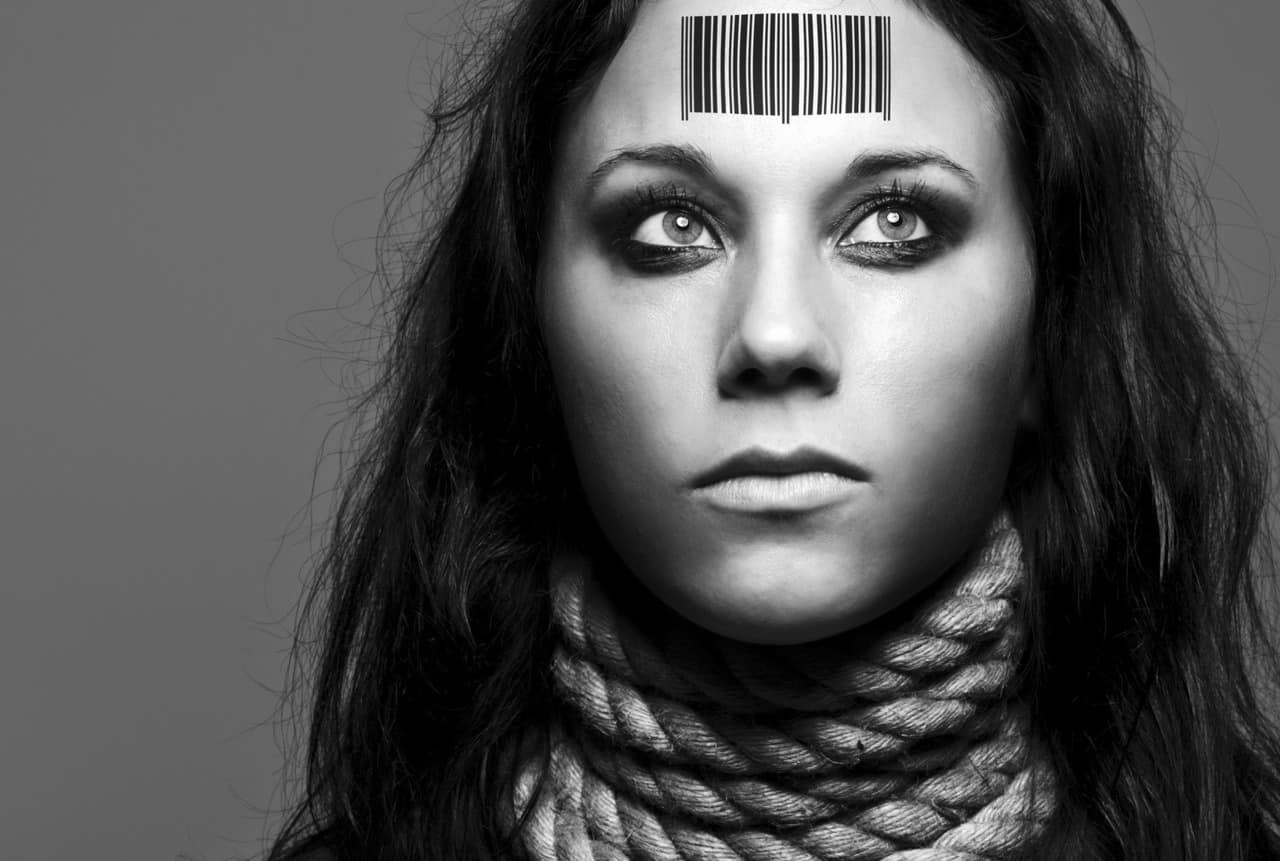
One of the most intense debates surrounding human trafficking in the world today is whether to label victims as slaves. Yet an underlying issue to this debate is how we visualize slavery and the victims of this institution. In the United States, much the media surrounding contemporary trafficking focuses on white women, such as the one pictured here, who are pictured in a state of bondage but without the contextual information relating to their labor or lifestyle. This image is certainly evocative: the rope around her neck clearly refers to the powerful coercion involved in trafficking, while the bar code across her forehead denotes the dehumanization that occurs in all cases of slavery. But what does it actually tell us about modern-day slavery? While like other abolitionist images it is meant to evoke strong emotions (particularly anger and sadness) that would lead to activism, many contemporary trafficking images are disconnected from the labor and lifestyle that makes one a slave. And though there are many images of trafficked people from around the world that appear in the US media, a large portion of the slaves pictured in print or film continue to look one way.